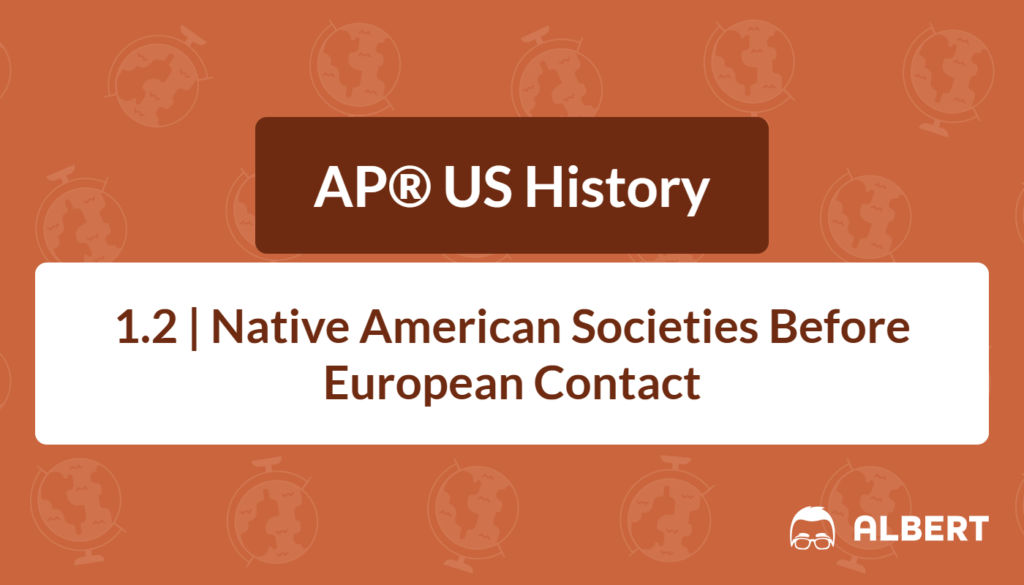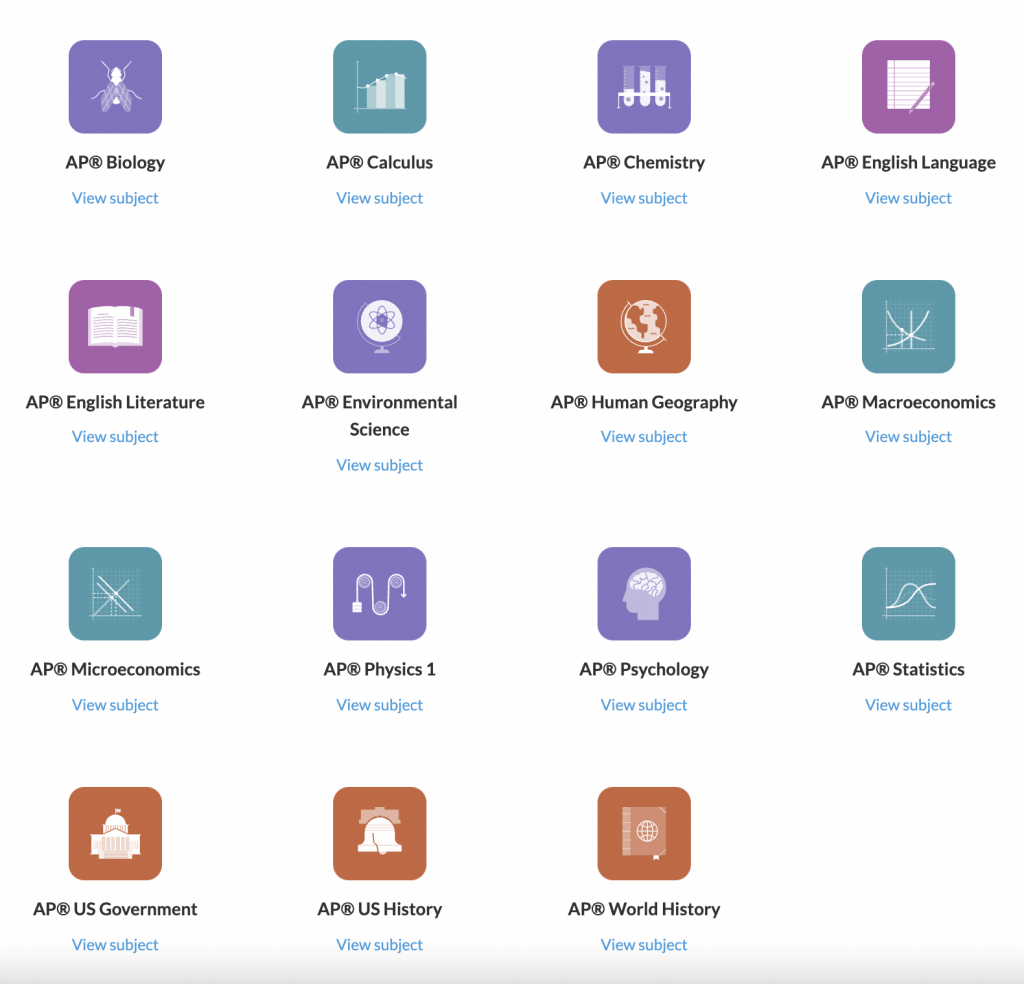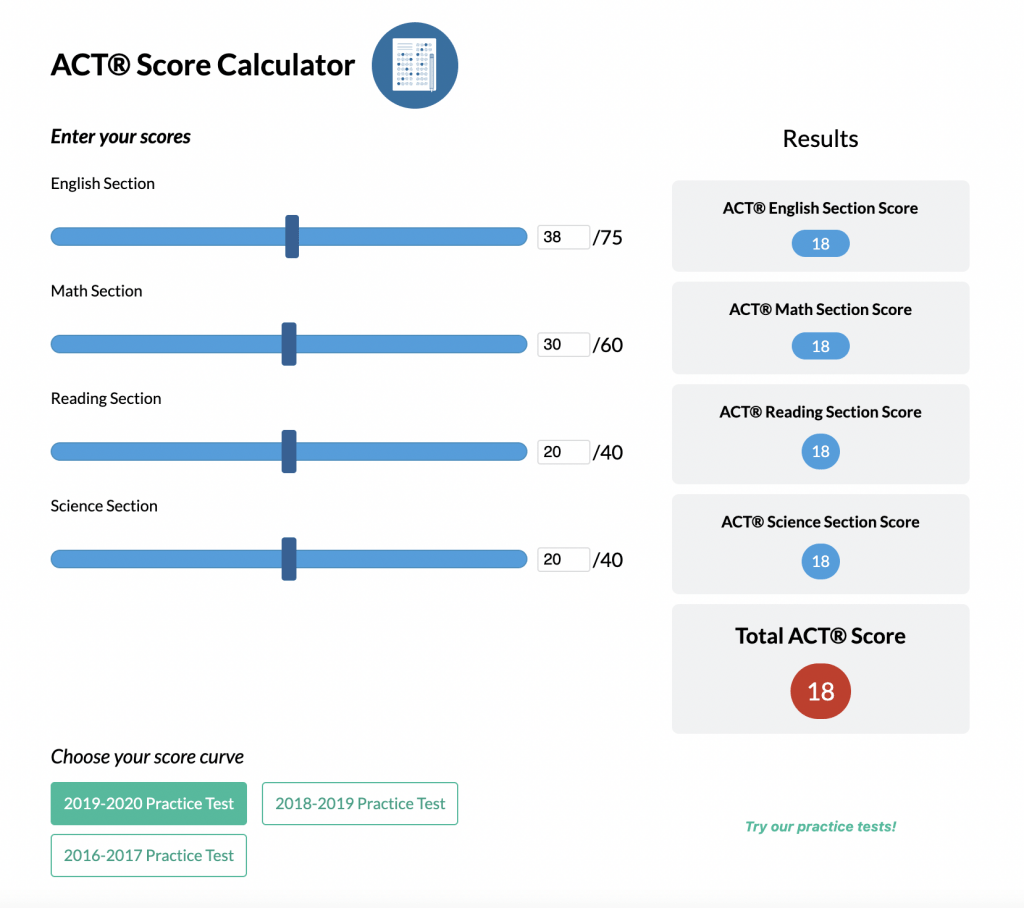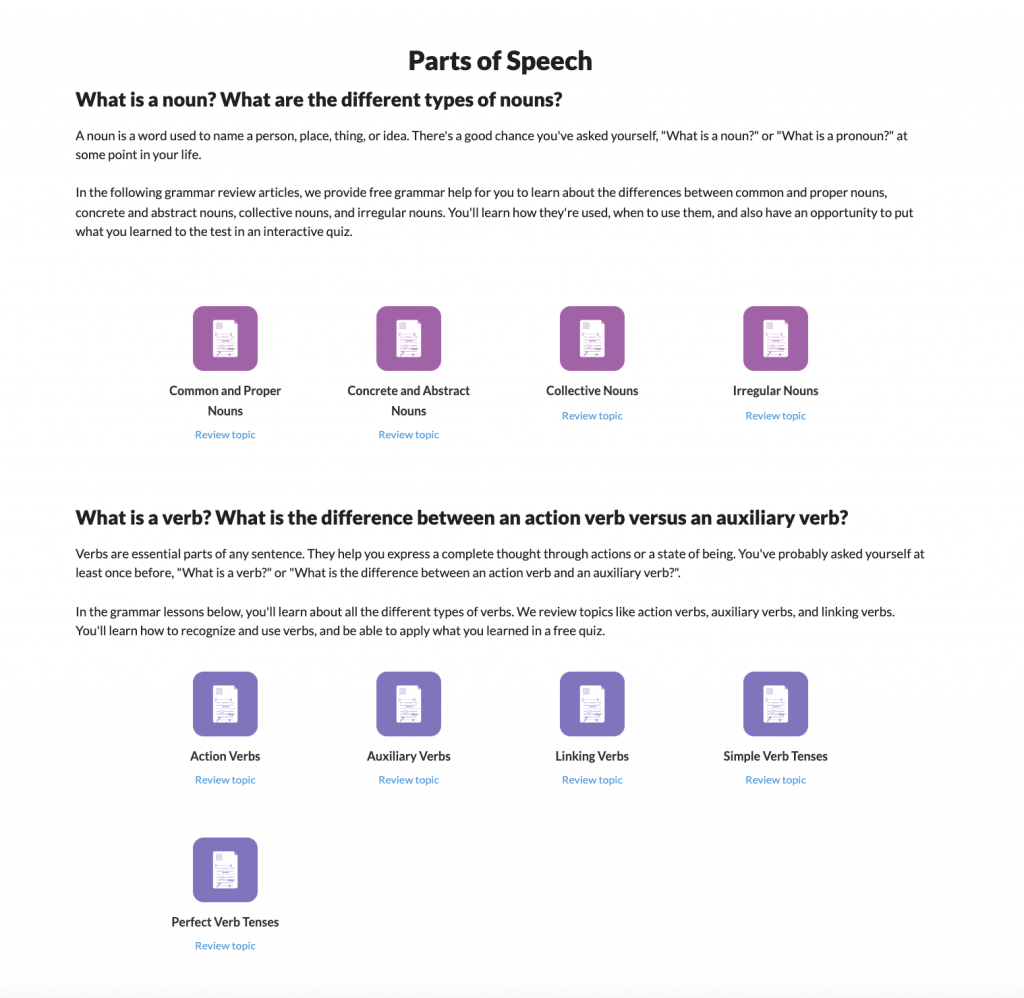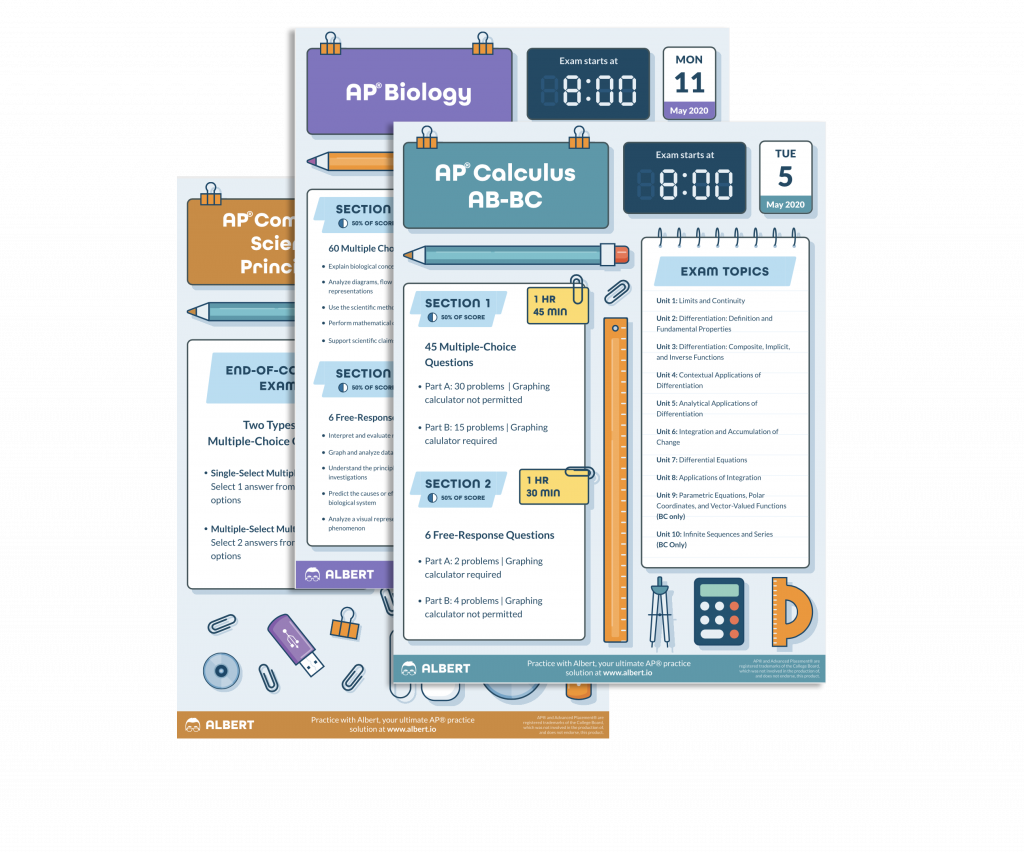What We Review
Introduction
Before Europeans arrived, Native American societies thrived across North America for thousands of years. Each group developed unique ways of living based on their local environment and available resources. By understanding how these societies interacted with the land, AP® US History students can see the diversity and complexity of Native American life before European contact. This guide will break down key regions, adaptations, and examples to help make these concepts clear and easy to remember.
1. Spread of Maize Cultivation and Its Impact
Maize, or corn, was first domesticated in what is now Mexico. Over time, the knowledge of how to grow maize spread north into the American Southwest and even farther. This new crop was more than just food; it became a foundation for cultural and population growth.
Key Impacts of Maize Cultivation
- Supported larger populations: Maize provided a reliable food source, so villages could grow.
- Led to economic growth: Stable food supplies allowed some people to focus on other jobs, like making pottery or trading.
- Required irrigation systems: In dry areas, people built canals to water crops.
- Helped form complex societies: Permanent villages and social structures formed around maize farming.
Example: Ancestral Puebloans (Anasazi)
The Ancestral Puebloans, also known as the Anasazi, adopted maize cultivation from Mesoamerican farmers. In response to the arid climate of the Southwest, they constructed clay canals and dug irrigation ditches to water their fields. This agricultural stability allowed them to build large, permanent villages—called pueblos—from stone and adobe. With a steady food supply, their society expanded, developed leadership structures, and built impressive architectural sites like Chaco Canyon, reflecting a more complex and organized way of life.
2. Adaptations to the Arid Great Basin and Western Great Plains
Not all areas were good for farming. The Great Basin (mostly Nevada and Utah) was dry with little water. The Great Plains (central North America) had wide grasslands but few trees and unpredictable weather. Because of these challenges, societies learned to adapt in unique ways.
Key Adaptations
- Mobile lifestyles: Most groups moved often to follow animals and find edible plants.
- Use of animals: On the Plains, hunting large animals like bison was important.
- Flexible shelters: Homes like teepees could be taken down and moved easily.
- Limited farming: In some areas, small amounts of farming were possible, but most food came from hunting and gathering.
Example: The Shoshone and Plains Tribes
In the dry climate of the Great Basin, large-scale farming was nearly impossible. Tribes such as the Shoshone lived in small, mobile groups, adapting their lifestyle to seasonal changes. During the summer months, they gathered roots and berries, while in the winter they hunted small animals. Their shelters were lightweight and temporary, designed for quick relocation. These mobile lifestyles developed in response to the region’s harsh environment and limited, shifting resources.
3. Mixed Agricultural and Hunter-Gatherer Societies in the Northeast, Mississippi Valley, and Atlantic Seaboard
In regions with rich soil and forests, some Native American societies used both farming and hunting/gathering. This combination allowed for stable communities and more complex social structures.
Key Features of Mixed Economies
- Grow crops: Corn, beans, and squash (the “Three Sisters”) were common.
- Hunt and gather: People also hunted deer, fished, and collected wild plants.
- Permanent villages: The combination of farming and gathering supported year-round communities.
- Social organization: These groups often developed systems of government and alliances.
Example: The Iroquois Confederacy
The Iroquois of the Northeast developed a mixed subsistence strategy, growing corn, beans, and squash while also hunting game and fishing. This balanced diet supported permanent, year-round villages. They built longhouses—large wooden structures that housed multiple families—fostering strong community ties. Several Iroquois nations formed a political alliance known as the Iroquois Confederacy, working together to solve problems and make collective decisions. This stable lifestyle encouraged the development of complex political and social structures.
4. Societies of the Northwest and California Coast
Along the Pacific coast, the environment was very different. The ocean, forests, and rivers provided plenty of food year-round, so societies here did not have to farm as much.
Key Features
- Fishing and hunting: Salmon, shellfish, and sea mammals were important foods.
- Gathering edible plants: Berries and nuts were easy to find.
- Wooden homes: Trees were abundant, so people built sturdy houses.
- Social complexity: Some groups developed social classes and held large festivals like the potlatch.
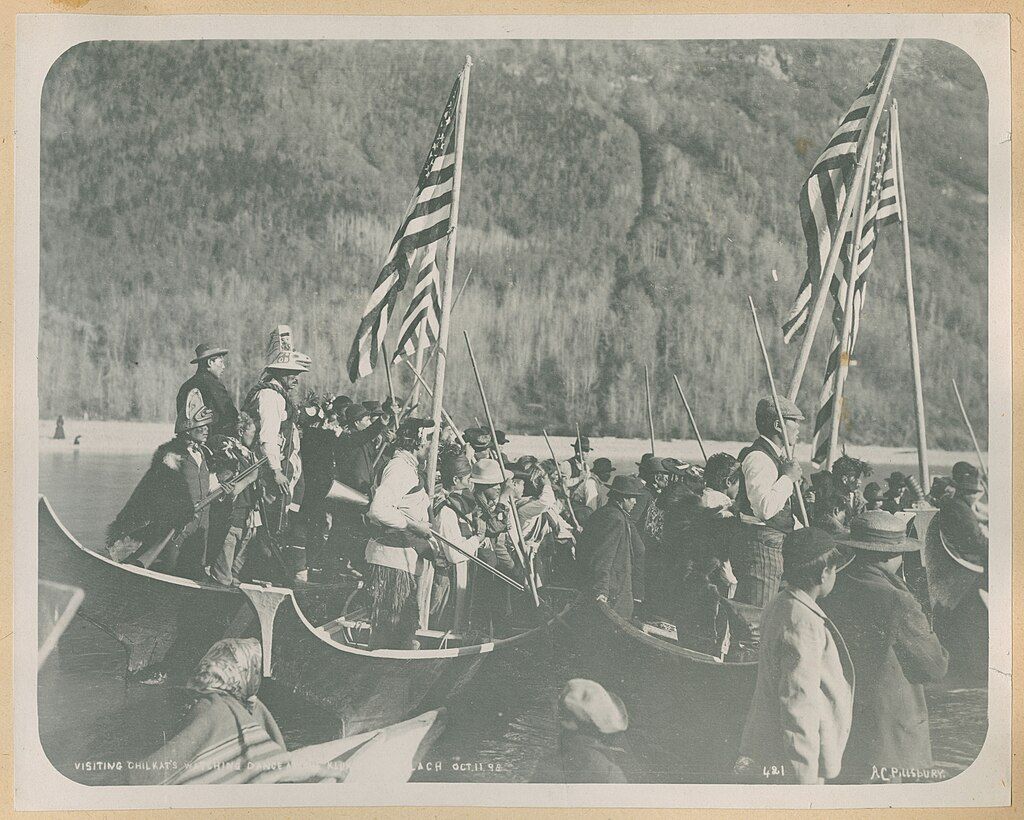
Example: The Chinook of the Pacific Northwest
The Chinook people of the Pacific Northwest relied on the region’s abundant natural resources, especially salmon, which they gathered in large quantities during annual runs. This dependable food supply supported the development of permanent villages, where they built plank houses from cedar trees. With basic needs consistently met, Chinook communities had time to engage in cultural practices such as carving totem poles and hosting potlatches—elaborate ceremonial feasts that showcased wealth and strengthened social ties. These conditions led to the emergence of complex social structures and a rich cultural heritage.
5. Summary Chart: Vocabulary and Key Terms
Here is a quick reference chart with important terms for Native American societies before European contact. This chart makes it easy to review key features for AP® US History.
| Vocabulary Term | Definition / Key Feature |
| Maize Cultivation | The growing of corn for food, first developed in present-day Mexico. |
| Irrigation | Moving water to crops by building ditches, canals, or other systems. |
| Permanent Villages | Settlements where people lived year-round, often supported by farming. |
| Hunter-Gatherers | Groups that survived by hunting animals and gathering wild plants for food. |
| Mobile Lifestyles | Ways of living that involved moving from place to place to find food and resources. |
| Three Sisters | The crops of corn, beans, and squash, often grown together by Native Americans. |
| Pueblos | Large stone or adobe homes built in the Southwest by Ancestral Puebloans. |
| Confederacy | A group of tribes or nations that join together for mutual benefit, often for defense. |
| Potlatch | A ceremonial feast among Northwest Coast tribes, used to show wealth and share resources. |
| Bison Hunting | A key food source on the Great Plains, sometimes involving large group efforts. |
| Social Diversification | Development of different jobs, roles, and social classes within a society. |
Conclusion
Native American societies before European contact were incredibly diverse and resourceful. Each group responded to their unique environment—whether it was the desert, forest, plains, or coast—by developing the best strategies to survive and grow. Understanding these adaptations is crucial for AP® US History students and helps explain the rich history of North America before Europeans arrived. Study these examples and key terms to prepare for your exam and gain a deeper appreciation of early American history.
Tip for AP® US History Students:
Practice using these terms and examples in your own writing. The better you understand Native American societies before European contact, the more confident you will be on test day!
Sharpen Your Skills for AP® US History
Are you preparing for the AP® US History test? We’ve got you covered! Try our review articles designed to help you confidently tackle real-world AP® US History problems. You’ll find everything you need to succeed, from quick tips to detailed strategies. Start exploring now!
- AP® US History: 1.3 Review
- AP® US History: 1.4 Review
- AP® US History: 1.5 Review
Need help preparing for your AP® US History exam?
Albert has hundreds of AP® US History practice questions, free response, and full-length practice tests to try out.

